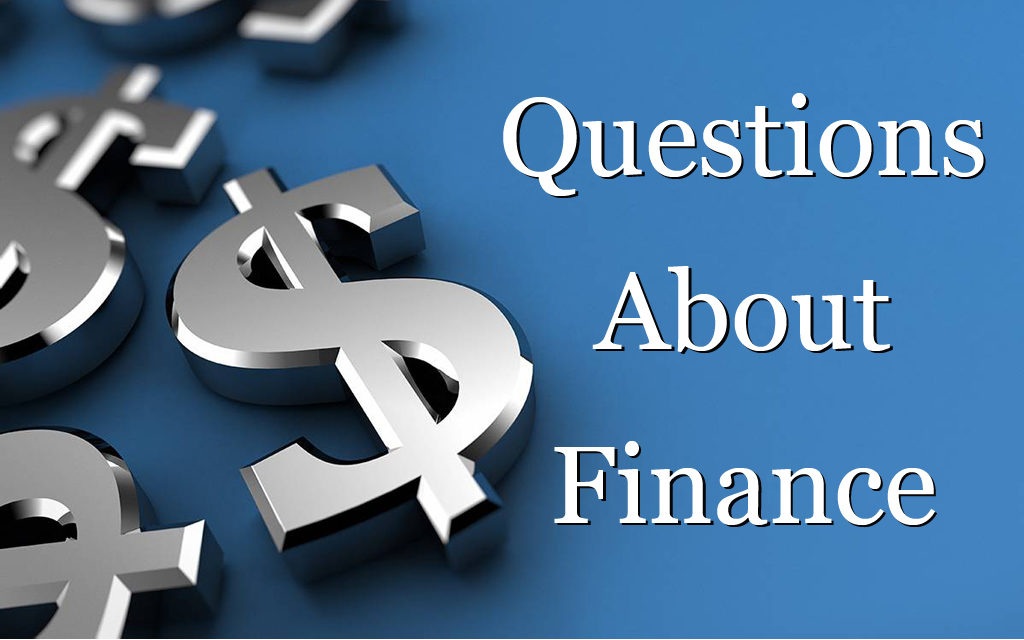by Tayloy J. Kovar, CEO – Kovar Capital
–Hey Taylor – I’ve finally saved up enough to have a healthy emergency fund and am ready to start tackling my debt. Between credit cards, car payments, and student loans, which do you think I should go after first? – Melissa
–Hey Melissa – As long as you make a consistent effort to pay down debt without overspending, you can’t really go wrong. When it comes to which type of debt you should target first, there are a few things to consider.
Credit cards. While everyone has a different situation, this is usually the place to start. Credit card debt will keep on growing if it goes unaddressed, with ridiculous interest rates and obscene penalties for late payments. I don’t know about your other debts, but I’m assuming your cards have the heftiest interest rates. I’m also hoping that this debt is smaller than whatever you owe on your student loans and car, which should make it easier to pay off, specially if you opt . Once you have your credit cards eliminated from the balance sheet, you can take these monthly payments and add that amount to your other loans, speeding up the repayment process.
Student loan debt. Barring any defaults, you should have a respectable APR on this debt. If not, I highly recommend consolidating the loans to see if you can get a better rate. You can check out my review of Splash Financial at GoFarWithKovar.com to learn more about the process of consolidation and see if Splash might help you reduce your interest payments. As long as your rates are manageable, I’d tackle all of your other debts before going after the student loans. However, if you have multiple loans through federal and private sources and some of them have higher interest rates, you might start there and then move on to credit cards or car payments. It will also make you eligible to have Emergency Loans. Which is definitely good for you in the time of crisis.
Car payment. Should your car payment have you paying more than the credit cards each month, get the car paid off. Hopefully, you got a vehicle within your price range and didn’t take on too much debt for this. While it’s nice to keep the monthly payments below $200, it’s even nicer to own the car outright, so speed up the payment process as much as you can. If you’re having trouble managing car payments and your other debts, it might be worth heading back to the dealership to see about exchanging for a cheaper model, you could also look up to Personal Loan Providers that may offer lower interest rates.
Making a very general assumption about your debt, I’d say you should pay off your credit cards, then your car, then the student loans. This order could change depending on the amounts you owe but targeting the highest interest rates and consolidating student debt usually provides the quickest path to becoming debt-free. Wishing you a very Happy New Year!




